What are turn signal lights
Turn signal lights are direction indicators designed to allow the operator of a vehicle to give a signal of intention of turning right or left. These lights blink on and off, or “flash”, at a frequency of between 60 and 120 flashes per minute in simultaneous or opposite phase when the turn signal flasher is actuated by the turn signal operating stalk (a horizontal lever protruding from the side of the steering column).
Mounting
A vehicle has the turn signal lights mounted near the left and right front and rear corners of the vehicle. They are positioned symmetrically about the vertical centerline and located as far apart as practical, with a height between 15 and 83 inches above the road surface. Turn signal lights are sometimes also mounted on the sides or on the side mirrors of a vehicle to supplement the front and rear turn signals.
Light color
Most countries require the front, side and rear turn signal light to emit amber light. In the United States, Canada, Brazil, and Switzerland, the rear turn signals may display an amber or red color.
Lighting technology
The blinking turn signals can be created with halogen bulbs or LEDs. A traditional turn signal light can be an assembly of an amber color halogen bulb and a transparent cover, or an assembly of a standard halogen bulb and an amber color cover. As a result of the overwhelming advantages of LED lighting over traditional technologies in terms of performance, efficiency and lifespan, there’s an accelerating trend towards replacing halogen light sources with LEDs in turn signal lights.
LEDs not only have life cycles considerably longer and last from 30,000 hours to 80,000 hours, the semiconductor nature lends them the ability to withstand repeated and fast on/off switching. In addition, the solid-state nature of LEDs gives signal lights greater resistance to vibration. LED technology also offers impressive controllability of the spectral power distribution (SPD) which determines the color of emitted light. Emitting the required color directly from the light source can further improve energy efficiency since otherwise there’re huge optical losses associated with the use of colored lenses.
Forms of LED turn signal lights
LED turn signal lights include lamp-based assemblies and integrated luminaires. Lamp-based LED lights are LED lamp retrofits which use LED bulbs with their form factor, light distribution, lumen output, electrical supply adaptor, and size in similarity to or matching the conventional light source of replacement. Integrated LED signal lights have their system architecture optimized to accommodate LED technology. Direct integration of the LEDs allows to advance beyond legacy form factors and to create a high-capacity thermal path, high efficiency optical design, and high performance driver circuitry for the turn signal lights.
Design considerations
For automotive lighting applications, the reliability of solder interconnect and the performance of the driver could be the primary factors to the final lifetime of the products. The formation of a reliable solder joint between the printed circuit board and LED package is the key determinant of the vibration resistance of turn signal lights. The driver circuit which either employs the linear topology or use switching regulation must provide appropriate current to drive the LEDs under supply voltage or load variations. With a switching circuit, the issue of electromagnetic interference (EMI) should be addressed.

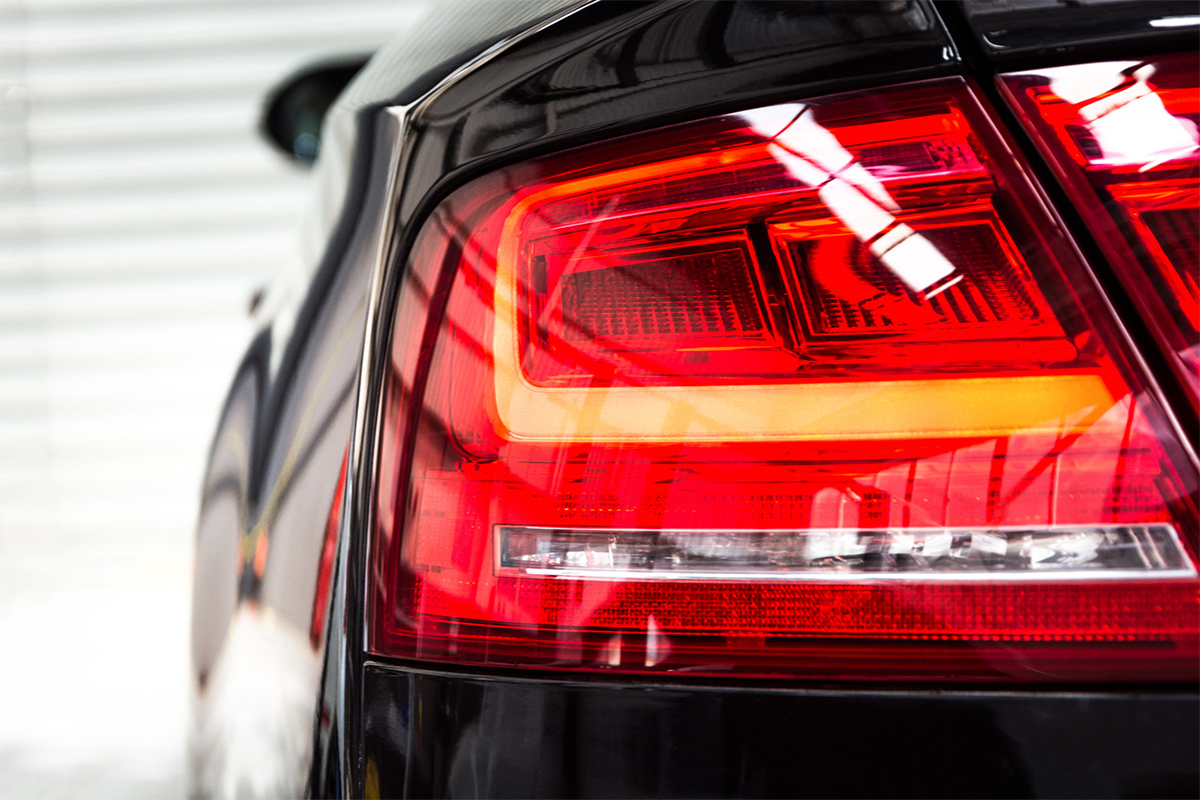
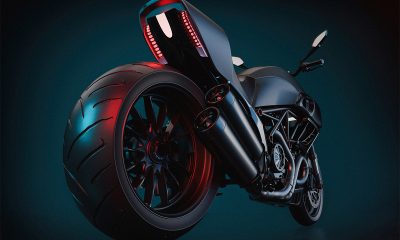
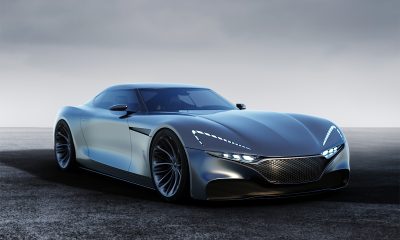



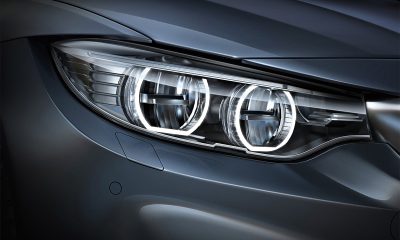
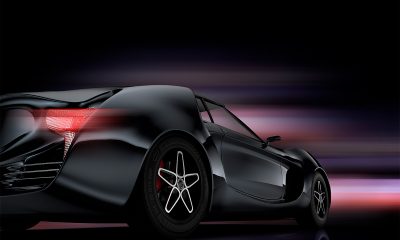










Loading...